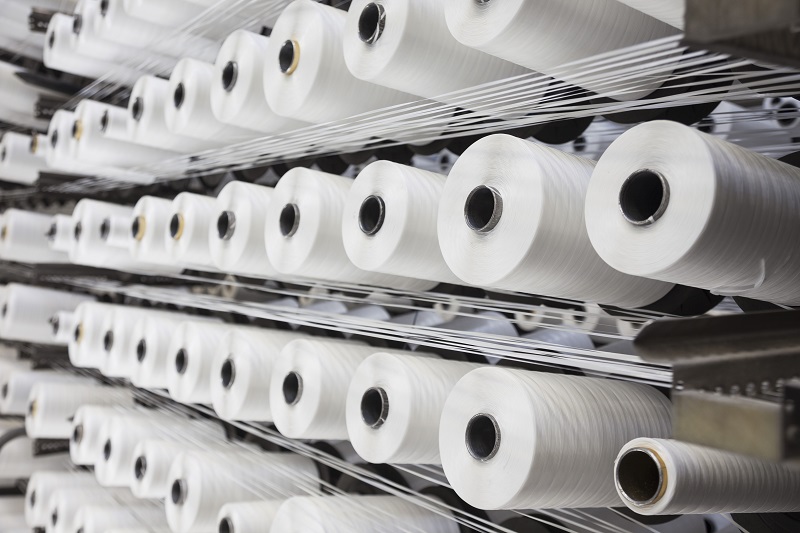In the captivating world of materials, is there any substance quite as controversial, ubiquitous and adaptable as plastic? Do you ever wonder about the journey of an everyday plastic bottle or utensil, from creation to the shelf of your local supermarket? What processes make plastic flexible, durable, and customize it to fit our every little requirement? In our next deep dive, we’re answering these tantalizing questions, unraveling the mysteries of the Plastic Manufacturers process.
This inquiry into Plastic Manufacturers isn’t simply an academic endeavor. As consumers and custodians of our planet, understanding how products permeating our lives are shaped, can lead to informed choices. Appreciating the lifecycle of plastic endows us with a conscious eye not only for aesthetics and utility but also the environmental implications.
In this exhaustive exploration, we will journey into the heart of plastic production, gleaning insights into the various stages, techniques, and the environmental impact. Together, we’ll discover the beauty and complexity of the process, while also confronting the challenges it raises in sustainability and waste management.
From Crude Oil To Pellets: The Birth Of Plastic
Every journey begins with a single step. In the case of plastic, the staging ground is crude oil— a complex mix of hydrocarbons. Refineries break the crude oil down into fragments known as monomers that form the core building blocks of plastic.
The monomers undergo polymerization, a process that binds them together into long chains, thus christening the birth of polymer. This polymer, in the form of tiny beads or pellets, becomes the raw material for manufacturers to mold into a myriad of products from bottles to automotive parts.
But how do these pellets transform into the bewildering array of plastic products we see all around us? The answer lies in the various molding techniques, each with its unique recipe and capability.
Mastering The Molds: Techniques Of Plastic Manufacturers
Paving the pathway from raw polymer to specific plastic products, several molding techniques exist. These include injection molding, blow molding, rotational molding, and extrusion. Each has its unique quirks and applications.
Injection molding, for instance, is perfect for producing high precision components on a large scale, whilst blow molding is the go-to technique for crafting hollow objects like bottles. Extrusion allows the creation of long continuous products, such as pipes and profiles, while rotational molding is ideal for creating large hollow products with uniform wall thickness.
Having navigated the landscape of plastic creation, it’s essential to reflect on this impressive technological feat’s environmental implications.
The Environmental Cost Of Convenience
The resilience of plastic, its very strength, morphs into a damning flaw when we need to discard it. Understanding how plastic degrades—or fails to—provides us insight into the environmental burden.
Comprehensive recycling programs, plastic-to-fuel projects, and initiatives to reduce plastic dependency are all part of the effort to mitigate the impact of plastic waste. However, these measures can only succeed if they’re complemented by changes in our individual habits.
Beyond The Basics: Bioplastics To The Rescue?
In the ongoing battle against plastic waste, the development of bioplastics is seen as a promising venture. Made from renewable sources like plant matter, they are expected to degrade far quicker than traditional plastics.
However, this expectation is tinged with caution. Not all bioplastics are created equal, and not all degrade as expected. A closer evaluation of individual options is necessary to ensure we invest in truly sustainable materials.
The Plastic Paradox: Balancing Utility And Responsibility
Plastics are integral to our lives, serving us in numerous ways while posing a significant environmental threat. The key lies in achieving a balance—leveraging the benefits of plastic while actively working to minimize its ecological footprint.
Conclusion
Through our exploration of the Plastic Manufacturers process, we shone a light on both the marvels of human innovation and the dire environmental waste disposal situation. Plastic, with its manifold uses, stands testament to our ingenuity and adaptability. Yet the consequences of unplanned disposal and our dependence pose a pressing problem.
As consumers, our awareness of plastic’s lifecycle and its environmental impact needs to translate into responsible consumption, disposal, and recycling. Indeed, navigating a world heaving under the weight of plastic waste calls for nothing less than transformative change at the individual and collective level. As for alternatives like bioplastics, let’s approach them judiciously, verifying their eco-friendliness before embracing them wholeheartedly.
In conclusion, understanding the processes of plastic creation is about more than satisfying curiosity—it paves the way for a shared commitment toward a more sustainable and thoughtful use of plastic.

